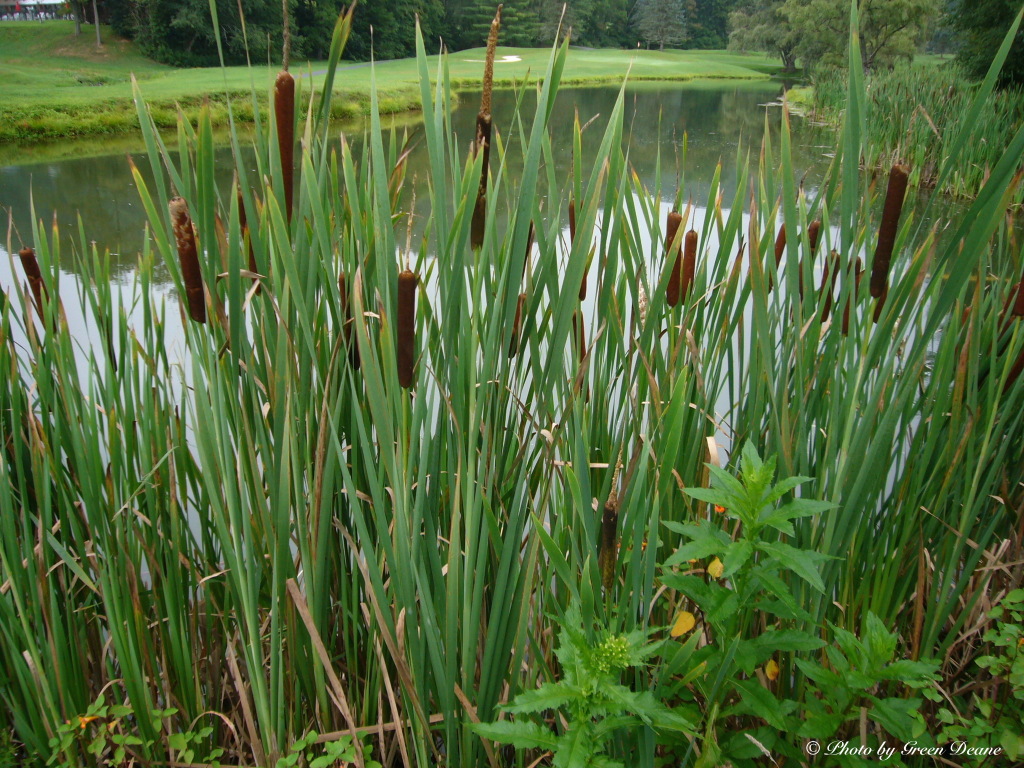Cattails In Pond Good Or Bad
Their rhizomatous root systems spread quickly and can take over a small backyard pond in no time.

Cattails in pond good or bad. For situations such as these we often incorporate a maintenance plans that includes regular control of cattails. The stems catch and slow water and help trap sediment and silt. Cattail control therefore is essential to the health and well being of your pond and landscape. They can help minimize bank erosion on steep or wind swept shorelines.
A shallow pond will be nothing but cattails in short order if left uncontrolled. They create a massive mat of dense roots that can be extremely hard to pull up. The rhizomes of the cattails are good for stabilizing soil. Pond cattails and other emergent aquatic plants can add natural beauty to any pond or shoreline but if left unchecked for too long they can overtake these areas and create a shoreline maintenance nightmare.
Some people believe cattails are part of a more natural pond system. Cattail will move sideways like crazy in the damp shallows or moist edges. Likewise cattail stands in the upper end of retention ponds slow down heavy storm water velocities and reduce the risk of erosion. The good news is there are several methods available to the home gardener for how to control cattails so hopefully one of them will appeal to you.
Cattails get their name from the. Unfortunately there s no one perfect answer to whether cattails are good or bad as the dilemma is very situationally dependent. In this case cattails can be both good or bad depending on your point of view. Good or bad a healthy balance of aquatic vegetation and the overall dynamic aquatic ecosystem should be the ultimate goal of any pond or lake management endeavor.
There are two chemicals diquat and glyphosate that are both effective and approved for aquatic use. Cattail roots harbor microorganisms that help break down organic materials. If your pond quickly goes to 2 feet of water depth expect the cattails to stop about there but over time the silt will build around them and they may move in a bit more. They intercept and reduce the force of small waves and wind on the shore.
By working together with your local aquatic management specialists to better understand your cattail growth an appropriate and environmentally responsible management plan can be tailored to meet your. Cattails are aggressive and can dominate these types of systems. While they are great filtration they can quickly become a problem. They provide nesting habitat for blackbirds and some duck species as well as brood rearing cover and feeding substrate for ducks and fish.
The first method of cattail control involves the application of herbicides. A consistent program is the most efficient way to combat the excessive spread of unwanted weeds. If you have a constructed wetland with a variety of attractive plants leaving cattails uncontrolled can result in eventually having a pond with only cattails. They help prevent erosion of dams and pond banks.


























